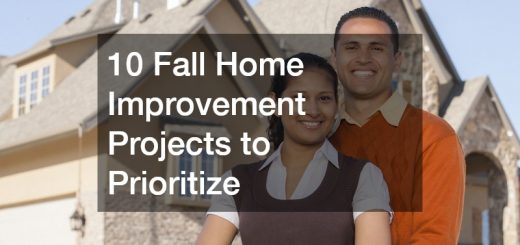The Top Five Edible Plants, and Three Tips for Making Sure Your Garden Thrives


“To nurture a garden is to feed not just on the body, but the soul,” the English poet Alfred Austin once said. Gardening has been a popular hobby throughout the ages, and it’s been picking up traction in recent years. People are looking for inexpensive hobbies, ways to pay less for fresh produce, and have an increased interest in knowing where their food comes from, and how it was raised.
About 55 million households have tried growing edible plants in the past four years. Sometimes, growing vegetables, fruits and herbs isn’t as intuitive as people would think. Like with anything, there is a learning curve, as well as helpful tips and tricks that can help you avoid easy mistakes. Here are a few edible landscaping tips for beginners.
The Top Five Easiest Edible Plants to Grow: Great Starters
- Beans. With just sun and water, beans will thrive. They can be a great plant to grow and harvest with kids.
- Lettuce. Lettuce grows best in the spring and fall, and if you grow a loose-leaf variety, you’ll be able to trim it multiple times for repeat harvesting.
- Tomatoes. Technically a fruit, the tomato doesn’t need much encouragement and you will love the taste of home-grown tomatoes in your sandwiches.
- Chives. For a bit of herb in your new garden, chives are a good call. They can handle multiple environments and taste great with everything from pasta to chicken.
- Raspberries. Raspberries are surprisingly easy to grow, and unlike many fruits, they don’t grow on a tree, so you won’t need to wait several years before you can make your first harvest.
It’s not enough just to grow easy plants, though. If you want your edibles to truly thrive and produce a generous yield, there’s more to it than just a weekly watering. Here are three tips on what you should do before starting your garden design.
- Research your plants and shrubs. Not every plant grows the same way. In Hobby Farm’s top 10 list of gardening mistakes to avoid, planting too shallow, planting too closely, and ignoring light requirements all make the list. All these mistakes come down to a lack of research and not knowing what your plants need. It’s a good idea to start small with a few plants you know well. “Planting too large a garden is a mistake that can place too heavy a workload on a gardener and lead to frustration and burnout,” Hobby Farm points out.
- Prepare your soil. Soil is one of the main ingredients necessary for creating strong, resilient plants. If you don’t get good soil down, your garden will never thrive. This has to be done before your seeds and seedlings are planted, otherwise you risk damaging young roots.
- Talk to an expert in your area. Plant nursery employees often have great ideas about which plants work best with the weather and soil of your region. They can also help set you up with good starter plants. Although you might be able to get cheaper seedlings from a big name store, nurseries often have the strongest plants and shrubs available.
Did you know that, according to a National Gardening Association Study, $70 worth of edible plants typically yields over $500 worth of produce? If you plan on growing plants and shrubs this year, let us know in the comments. Get more info here.




